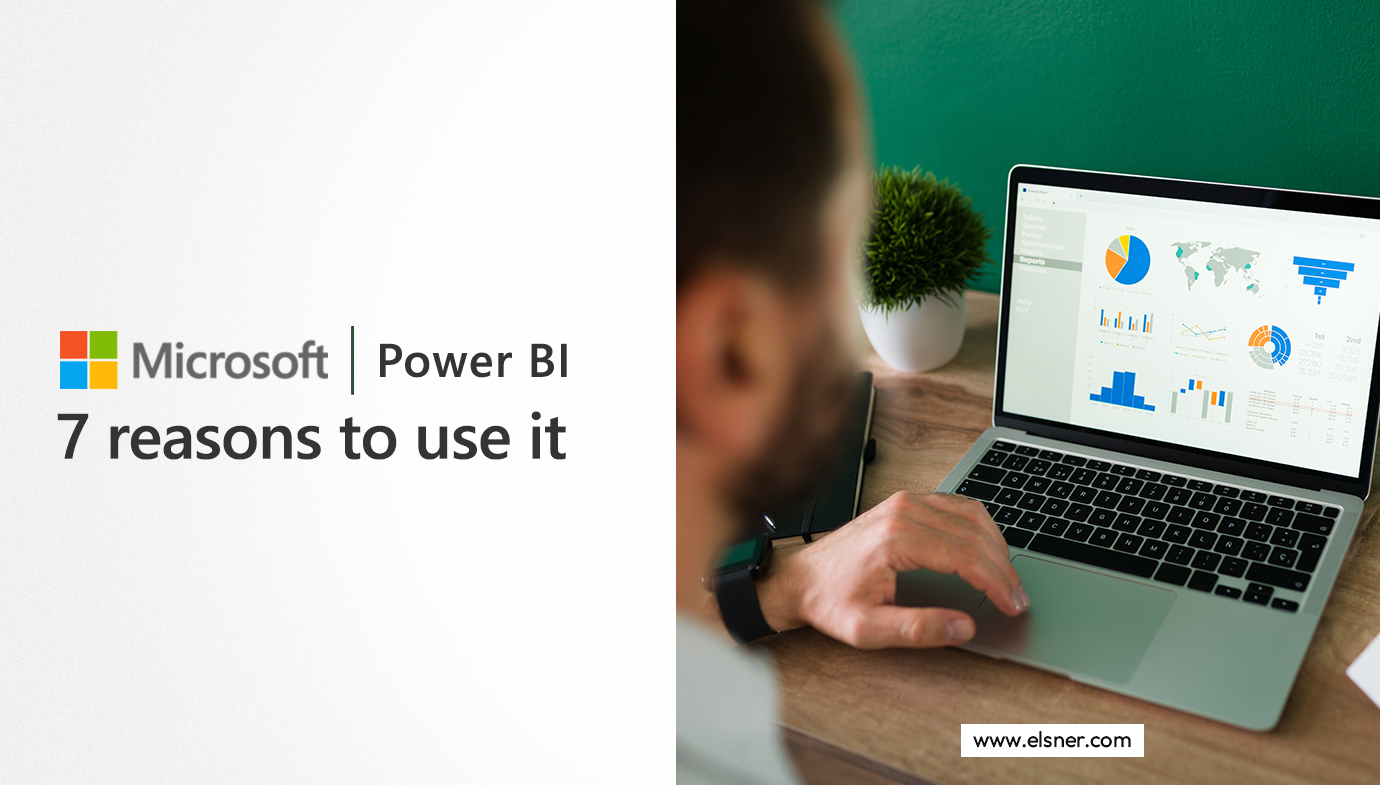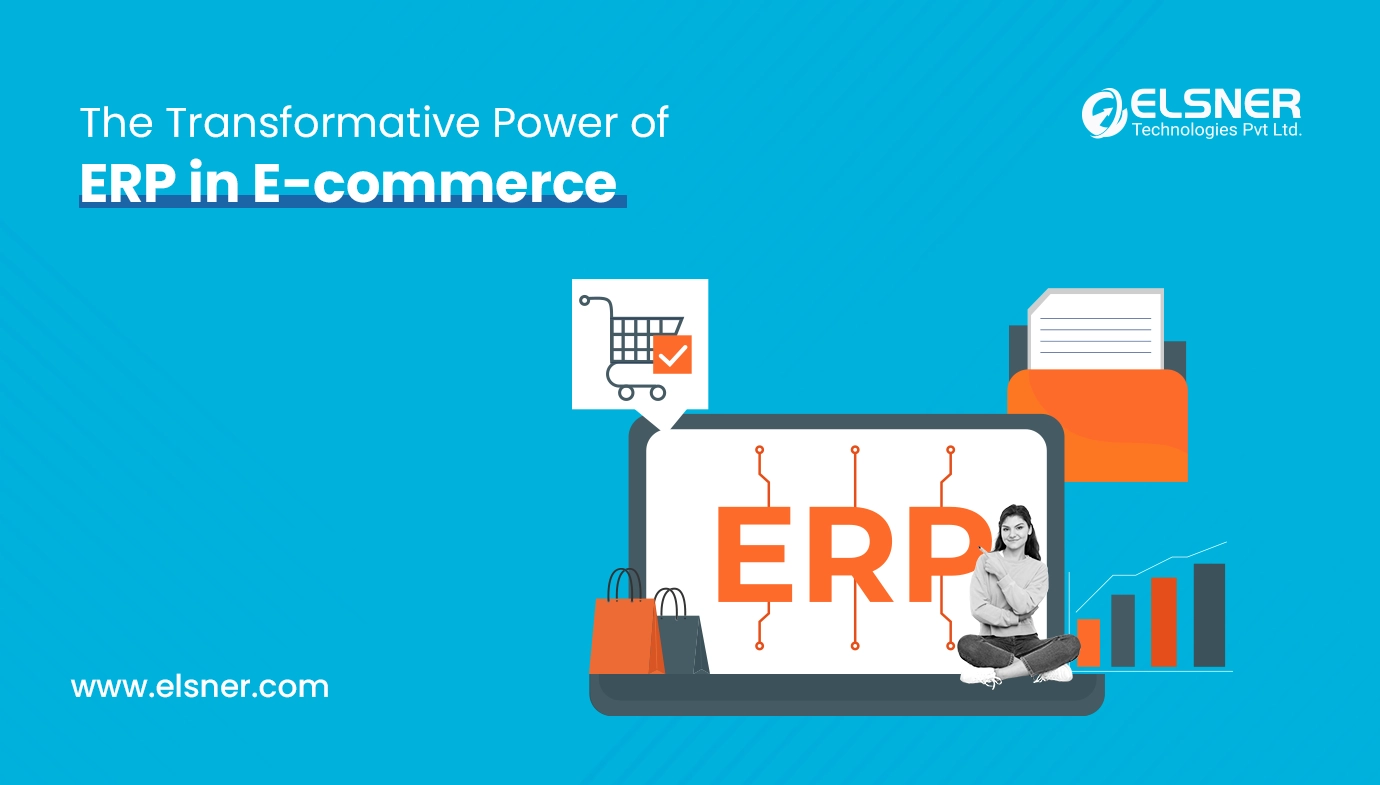|
Getting your Trinity Audio player ready...
|
Power BI is a business intelligence and data visualisation application for transforming data from diverse data sources into interactive dashboards and analysis reports.
Customers can quickly create their dashboards and reports using Power BI by utilising a cloud-based tool for interactive visualisations.
The Microsoft Power BI portfolio includes BI (Business Intelligence), reporting, and data visualisation solutions and services for individuals and teams.
Power BI stands apart from the competition with effective publishing and distribution options and integration with other Microsoft services and products.
Let’s have a look at the Workflow in Power BI.
What is the workflow in Power BI?
Connecting to data sources in Power BI Desktop and creating a report are two steps in a typical Power BI workflow. The report is shared and published from Power BI Desktop to the Power BI service so that business users on mobile devices and in the Power BI service may access and interact with the report.
This typical workflow illustrates how the three key components of Power BI operate well together. Here is a brief overview of Power BI tools.
Power BI Tools:
[Image Source: https://bit.ly/3O0r0h1]
Some important power BI tools include:
- Power BI Desktop
The primary authoring and publishing tool for Power BI is thought to be the Power BI desktop. Developers and advanced users use the Power BI desktop to build new models and reports from scratch. It is free of cost.
- Power BI Service
Power BI is a Software as a Service (SaaS) where Power Bl data models, reports, and dashboards are hosted. In the cloud, management, sharing, and collaboration take place.
- Power BI Data Gateway
Power BI Data Gateway links the Power Bl Service and on-premise data sources like DirectQuery, Import, and Live Query. Bl Admin installs it.
- Power BI Data Gateway
The Power BI Data Gateway links the Power BI Service and on-premise data sources, including DirectQuery, Import, and Live Query. BI Admin establishes it.
- Power BI report server
Paginated reports, KPIs, mobile reports, and Power BL Desktop reports can all be hosted on it. It was set up and managed by the IT department, and updates are made every four months. Users can change Power BI reports and other reports the development team produces.
The Power BI mobile app is compatible with Windows, Android, and iOS. Microsoft Intune can be used to monitor it. On the Power BI Service Report Server, users can examine reports and dashboards using this tool on the Power BI Service Report Server.
Why use Microsoft Power BI for your organization?
Microsoft describes Power BI as a “business analytics solution” that enables you to share insights throughout your organization or integrate them into apps and websites. The value and adaptability of the solution, which consists of several goods and services, come from maximizing the contribution of each component and the synergy between them.
7 reasons to pick Power BI before making the final decision:
1. A quick start:
Users can start gaining insights right away with a quick setup, no requirement for any training, and built-in dashboards
2. Efficient Data Integration:
Users may use built-in connectors on the Power BI platform to access data from various cloud-based sources, including OneDrive, Dropbox, and Google Analytics. From a single comprehensive report, the combined data may then be analysed. Users can also access pre-built Power BI dashboards that can be adjusted to meet the company’s needs.
3. Streamlined distribution and publication processes:
Instead of transmitting or storing large files on a shared drive, analysts submit reports and visualisations to the Power BI service. Their data is updated whenever the underlying dataset is modified.
4. Real-time information:
Dashboards update in real-time as data is delivered or streamed in, enabling users to solve problems and identify opportunities immediately. Any report or dashboard can display and update real-time data and visualisations. Streaming data would be obtained from factory sensors, social media platforms, and other sources where time-sensitive information can be gathered or shared.
5. The capability to alter the Power BI software’s navigation:
Report makers can now adjust navigation to make it easier for users to access content quickly and comprehend the connections between various reports and dashboards thanks to an “app navigation experiences” feature.
6. Adaptability of security features:
Developers of reports can set up access filters with row-level security (RLS) to ensure that users only see the data that pertains to them and to prohibit people from reading the information they shouldn’t.
7. Synthetic intelligence:
Users of Power BI may create machine learning models, recognize images using text analytics, and interact with Azure Machine Learning.
Conclusion:
Power BI and other business intelligence solutions give you the tools you need for better strategic analysis of how to combine your data streams, increase accessibility, and obtain sharper insights. They also enable you to analyze your data and keep your organization operating smoothly.
It’s easy to see why firms looking for improved insights, dynamic dashboards, and sophisticated reporting are increasingly interested in Power BI. The time has come for you to utilize the numerous resources, including tools and services, that are on hand to assist you in enhancing data insights across the organization and preparing for a successful Power BI implementation.

About Author
Pankaj Sakariya - Delivery Manager
Pankaj is a results-driven professional with a track record of successfully managing high-impact projects. His ability to balance client expectations with operational excellence makes him an invaluable asset. Pankaj is committed to ensuring smooth delivery and exceeding client expectations, with a strong focus on quality and team collaboration.





